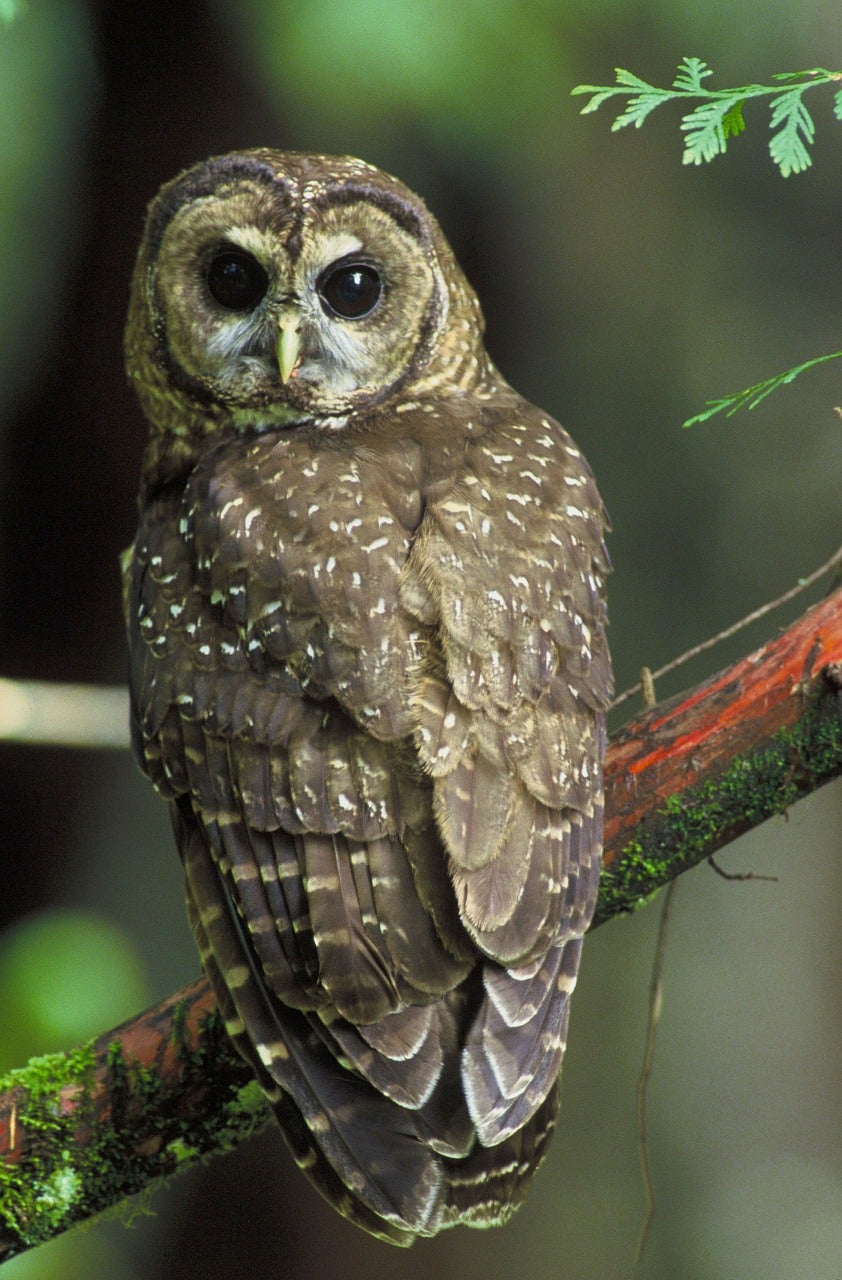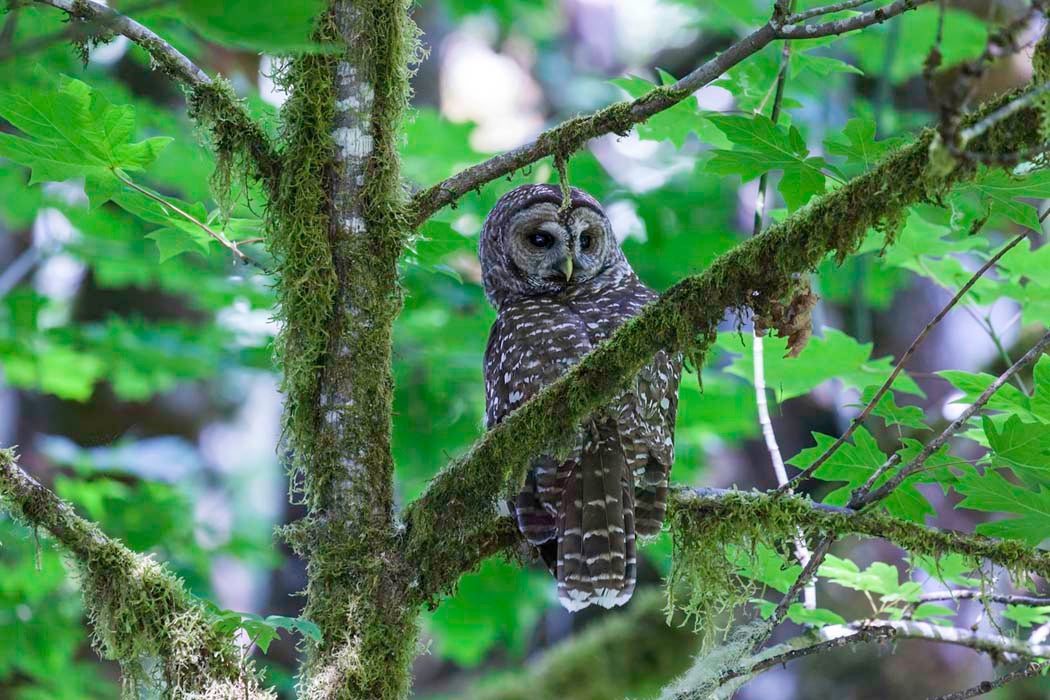It’s another summer and the smoke steadily rises over the American West. According to the National Interagency Fire Center, just this year alone over 45,000 fires have consumed about 7 million acres across the country. Even the wet winter with heavy snowfall and rain was not particularly helpful. Instead, the extra watering spawned a thick crop of fast-burning grasses in the spring. In California, neither wet nor dry winters are good news. A recent article in News Deeply, explained the firefighters’ seasonal predictions: “If the winter [is] dry, all those parched trees will burn like torches; if it [is] a wet winter, all those new grasses will fuel quick fire starts and hot, runaway flames.” Worse, California’s five-year drought provides extra kindling—over 100 million dead trees, waiting to fall down and become a massive amount of firewood.
In their efforts to better understand the wildfire activity, worsened by the warming climate, scientists are turning to species that evolved to deal with such disasters much better than humans: Spotted Owls. After the blazes subside, birds are generally among the first species to return and re-nest in their former habitats. But Spotted Owls are particularly good at surviving wildfires and “making do” in the burned areas. These tough little birds are experts at fleeing forest infernos and nesting in charred thickets. That’s why some scientists see Spotted Owls as key species to study in order to understand how wildfires work and the role they play in ecosystems. Researchers think that observing the birds’ behavior and population dynamics can help us understand wildfire patterns.
Spotted Owls Evolved to Weather Wildfires
Forest fires aren’t a new phenomenon—they ravaged forests for thousands of years before the Europeans arrived to America. R. J. Gutiérrez, professor and Gordon Gullion Endowed Chair Emeritus at the University of Minnesota, explains that because the Spotted Owls evolved in forests that periodically burned, the species developed behaviors to cope with such disasters.
Noting the owls’ survival or return rates after a blaze informs scientists about the fire severity. After a mild fire, the owls return to their nesting area sooner than after a severe burn. And if the area is particularly badly damaged, the owls might nest elsewhere—although scientists have seen owls returning to heavily damaged forests too. If the blaze kills or displaces an unusually high number of owls, it means that the fire was unusually severe. Assessing the trend of owl populations over long periods of time can help scientists determine whether fires are becoming more intense.
Do Fires Hurt or Help Owls? Scientists Debate.
Generally, scientists tend to think that an increased severity of wildfires has a negative effect on the spotted owl species, but the actual implications depend on when the fires start, how much of the habitat they destroy, and how badly they damage the foliage, among other factors. Darren Clark, a wildlife research project leader at the Oregon Department of Fish and Wildlife, explains that if a fire burns fast and quick, the owls may not be able escape the blaze; also the smoke can cause lung damage and kill them. An earlier fire season—such as this year, which started in mid-summer, can disrupt the owls’ mating period. A later fire season, which typically begins in the fall, and is hotter and drier, can destroy the vegetation around the breeding area, forcing the owls to relocate. Sometimes the birds lose their lives and families to the blaze—in some cases researchers found the charred remains of adult owls in the burnt nesting areas. However, the adults that manage to escape can make their way back and lay eggs again, reoccupying the area.

Researchers still debate what are the best environmental approaches for protecting the owls. Some studies hypothesized that wildfires may have little short-term impact on the owl’s survival and reproduction. Researchers also question that human forest management, aimed at reducing wildfires, might actually disrupt the blazes’ natural patterns, ultimately causing owls more harm than good. For example, one of the strategies for reducing fires’ severity is to reduce its fuel by logging—cutting down some trees and vegetation which create a ladder-like effect, letting the flames reach the canopy, where the owls nest. But that may not be the ideal method, Gutiérrez says. “The problem is that we don’t know if this logging is more harmful to the owls than the fires, because not all wildfires are harmful,” Gutiérrez explains. “Only the larger and less frequent high-severity fires are harmful.”
In fact, research found that owls continued to nest even in the territories where more than 75 percent of the trees were singed. Monica Bond, a wildlife biologist with the Wild Nature Institute, notes that “[Research shows] that Spotted Owls use all fire severity patches, with low- or unburned patches providing habitat for nesting and roosting, and patches of high-severity burned forests, if they were not logged after the fire, providing habitat for foraging. The burned forests are important hunting grounds during both breeding and overwinter seasons.”
As the warming weather is expected to cause more wildfires and spike their intensity, understanding and predicting wildfires will become increasingly important. “Climate change is likely to lead to reduced snow pack and increased summer temperatures,” Clark says—which will increase the length and severity of the fire season. And while owls may still be able to cope with wildfires, other animals may suffer significantly. Unfortunately and inevitably, that will include the human species as well.







